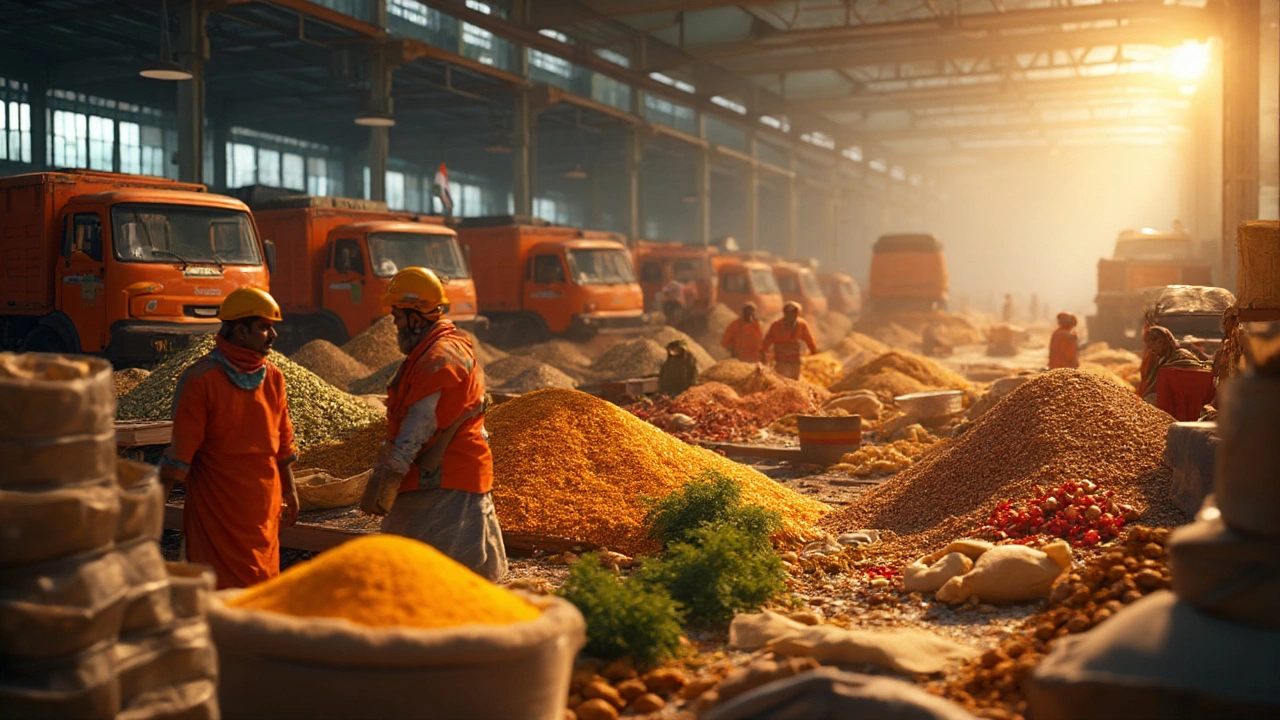Food Manufacturing Process: From Raw Materials to Ready‑to‑Eat
If you’ve ever wondered how a bag of chips or a frozen pizza gets from a farm to your plate, you’re in the right place. The food manufacturing process is a series of clear, repeatable steps that turn raw ingredients into safe, tasty products. Below we break down each stage, add a few practical pointers, and sprinkle in some modern tricks that keep manufacturers competitive.
Core Stages of Food Manufacturing
1. Ingredient Sourcing & Inspection – Everything starts with quality raw materials. Reliable suppliers, temperature‑controlled transport, and a quick visual check keep bad batches out before they even reach the line.
2. Cleaning & Sorting – Fresh produce, grains, or meat get washed, sorted, and any foreign objects are removed. Automated washers and magnetic separators speed this up while maintaining hygiene.
3. Pre‑Processing (Cutting, Grinding, Blending) – Depending on the product, ingredients are chopped, ground, or mixed. Using calibrated equipment ensures consistent particle size, which matters for texture and cooking time.
4. Thermal or Mechanical Processing – This is the heart of the line: cooking, baking, frying, extrusion, or fermentation. Precise temperature and time controls keep flavor and safety on point. For example, extrusion of snack bars requires a specific pressure curve to achieve that crisp bite.
5. Cooling & Stabilizing – After heat treatment, items often need rapid cooling to lock in quality and prevent microbial growth. Tunnel coolers or cryogenic sprays are common choices.
6. Packaging – Modern lines use automated packagers that seal, label, and batch‑code products in seconds. Selecting the right barrier material (e.g., oxygen‑scavenging film) extends shelf life.
7. Quality Control & Testing – Samples are tested for texture, moisture, microbial load, and label accuracy. Quick‑test kits and inline sensors catch defects before they reach the warehouse.
8. Storage & Distribution – Finished goods are stored in climate‑controlled warehouses and shipped using refrigerated trucks or dry vans, depending on the product’s temperature needs.
Modern Practices that Keep You Ahead
Today’s manufacturers are adding smart tech to the classic steps. Real‑time data from IoT sensors tells you the exact temperature of a dough mixer, letting you tweak the recipe on the fly. Predictive maintenance software warns you when a cutter blade is getting dull, avoiding costly downtime.
Another hot trend is sustainability. Using water‑recirculation systems cuts consumption by up to 30 %, and biodegradable packaging meets consumer demand for greener options without sacrificing shelf life.
Lastly, regulatory compliance is easier with cloud‑based documentation. All batch records, HACCP plans, and audit trails live in one place, making inspections smoother and reducing paperwork errors.
Pulling all these pieces together creates a food manufacturing process that’s efficient, safe, and ready for the market. Whether you run a small bakery or a large‑scale snack factory, focusing on each step, embracing data, and staying green will keep your products winning on shelves.
